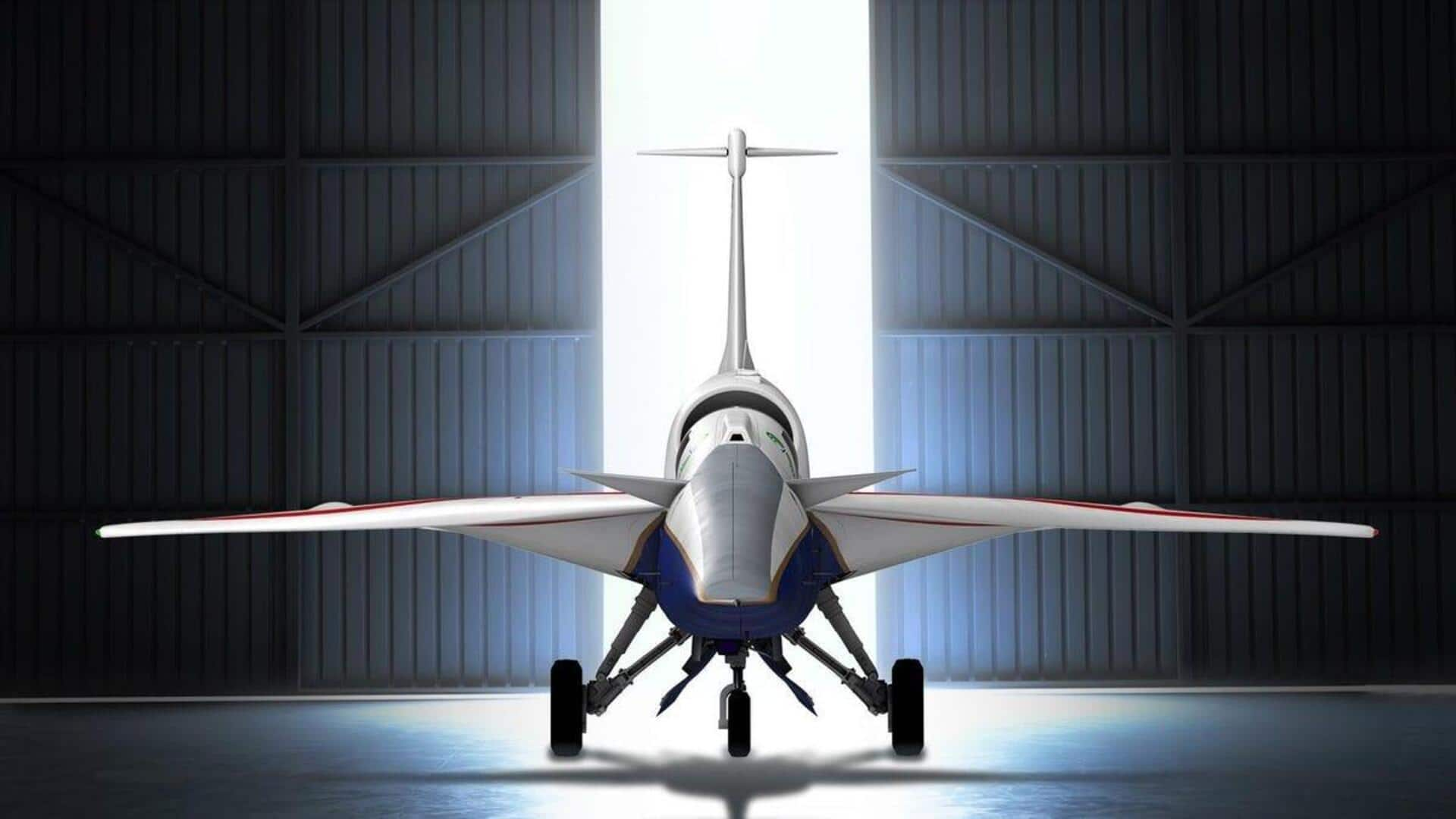
NASA working on X-59's first test flight: What to expect
What's the story
NASA is unveiling its newly painted X-59 aircraft, designed for quieter supersonic flight, on Friday (January 12), in Palmdale, California.
Built by Lockheed Martin, the experimental plane is part of NASA's Quesst mission, that aims to achieve supersonic flight with a sonic "thump" instead of the usual loud sonic booms.
Those interested can catch the rollout event live on NASA's website and YouTube.
Details
Quesst mission and X-59's first flight
The X-59's first flight is set for this year, with testing continuing until 2027.
The Quesst mission has three phases: the rollout kicks off phase one, followed by phase two, which tests the quiet supersonic technology and the plane's performance.
In 2026, during phase three, the X-59 will fly over select US cities to gather feedback from residents about the noise levels produced by the aircraft.
Definition
What does supersonic mean?
Supersonic flight takes place when a flying object breaks the sound barrier (1,234km/h or Mach 1).
The barrier was broken by the Bell X-1 aircraft in 1947. Now, 77 years later, the needle-nosed X-59 airplane clad in red, white, and blue will carry the supersonic mantle once again.
To watch this historic event, tune in live at 4:00pm ET on Friday (2:30am IST on Saturday).
What Next?
Potential impact on commercial supersonic flight
Manager of NASA's Low Boom Flight Demonstrator project, Catherine Bahm, said that lifting the ban on supersonic flight over land is "really exciting" and could be made possible by the X-59.
If successful and deemed unobtrusive by the public, the US government may ease restrictions on commercial supersonic flights over land.
David Richardson, an engineer at Lockheed Martin and X-59's Program Director, estimates that commercial supersonic flights over land could become routine by 2035.